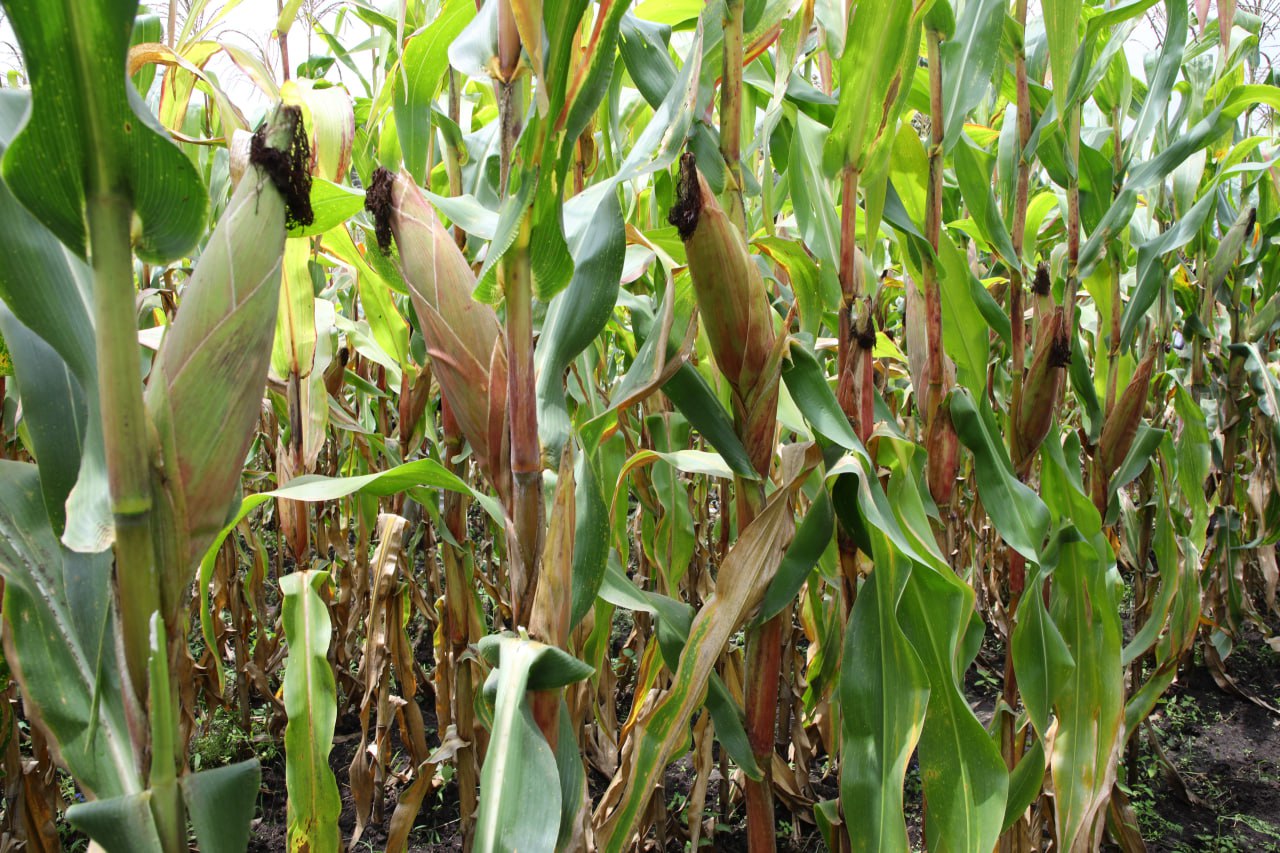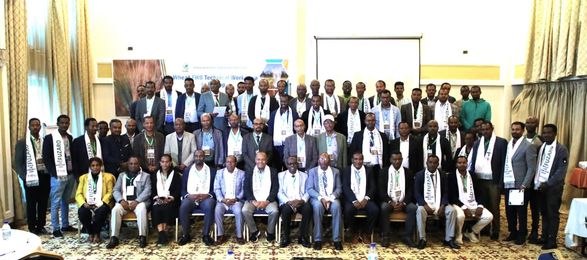The Capsha project, in collaboration with the Hawassa Agricultural Research Center under the Sidama Region Agricultural Research Institute, conducted a fruitful field day in the Sidama Region on August 5,2024. The event took place in the Borcha Wereda, specifically at the Koran Goge, Hanja Chaffe, and Aledada Della Kebeles.
In his welcome speech, Dr. Zerihun Yemataw Director General of Sidama Agricultural Research Institute, expressed his proudness in the collective efforts to identify important fertilizer nutrients that enhance productivity, emphasizing the results achieved by all stakeholders and staff involved in the implementation of the project activities. He highlighted that the incorporation of nitrogen and phosphorus, deemed essential for improving maize yields, stands out as one of the greatest accomplishments of their natural resource management activities. This clearly illustrates the significant disparity in productivity between conventional farmer-managed maize fields and the fields treated with the new setup of N and P nutrients.
Mr. Elias Daba, head of the agricultural office in Borcha Wereda of the Sidama Region, emphasized the importance of research in identifying nitrogen and phosphorus in the form of Urea and DAP fertilizers, as fundamental components for enhancing maize productivity. He noted that these findings represent a significant contribution not only to their wereda but also to surrounding areas, underscoring the vital role of these minerals in supporting agricultural growth and sustainability.
Next, Dr. Biru Yitaferu, the Capsha project coordinator and senior researcher at the EIAR, elaborated on the objectives of the field day. He noted that the Capsha project is being implemented across various regions to identify the yield impacts of essential fertilizer nutrients necessary for cereal production, with a focus on different sites in the Sidama Region, specifically in Borcha wereda. Dr. Biru highlighted that the results observed in maize field performance, particularly with the application of large rates of nitrogen and moderate rates phosphorus, could be described as a game changer. Additionally, he pointed out that the achievements made in maize cultivation have led to the approval of a policy that designates Urea and DAP as the most impacting fertilizers to be utilized in the production of cereals, a decision that has been by the government a couple of weeks before.
Dr. Abay Ayalew, a senior researcher on soil fertility management and coordinator of the soil research directorate at the Hawasa Agricultural Research Center, emphasized that nitrogen and phosphorus showed dramatic changes on growth and development of maize, according to their investigations and findings. He explained that the validation study was conducted on ten farmers’ fields across four different sites, revealing very encouraging effects on maize field performance.
Following the field visit, a discussion took place that included farmers, representatives from regional and wereda agriculture offices, researchers from both the federal and Sidama regions, and other relevant stakeholders. This gathering provided an opportunity to share insights and discuss the implications of the research findings for enhancing agricultural productivity in the region at large.



